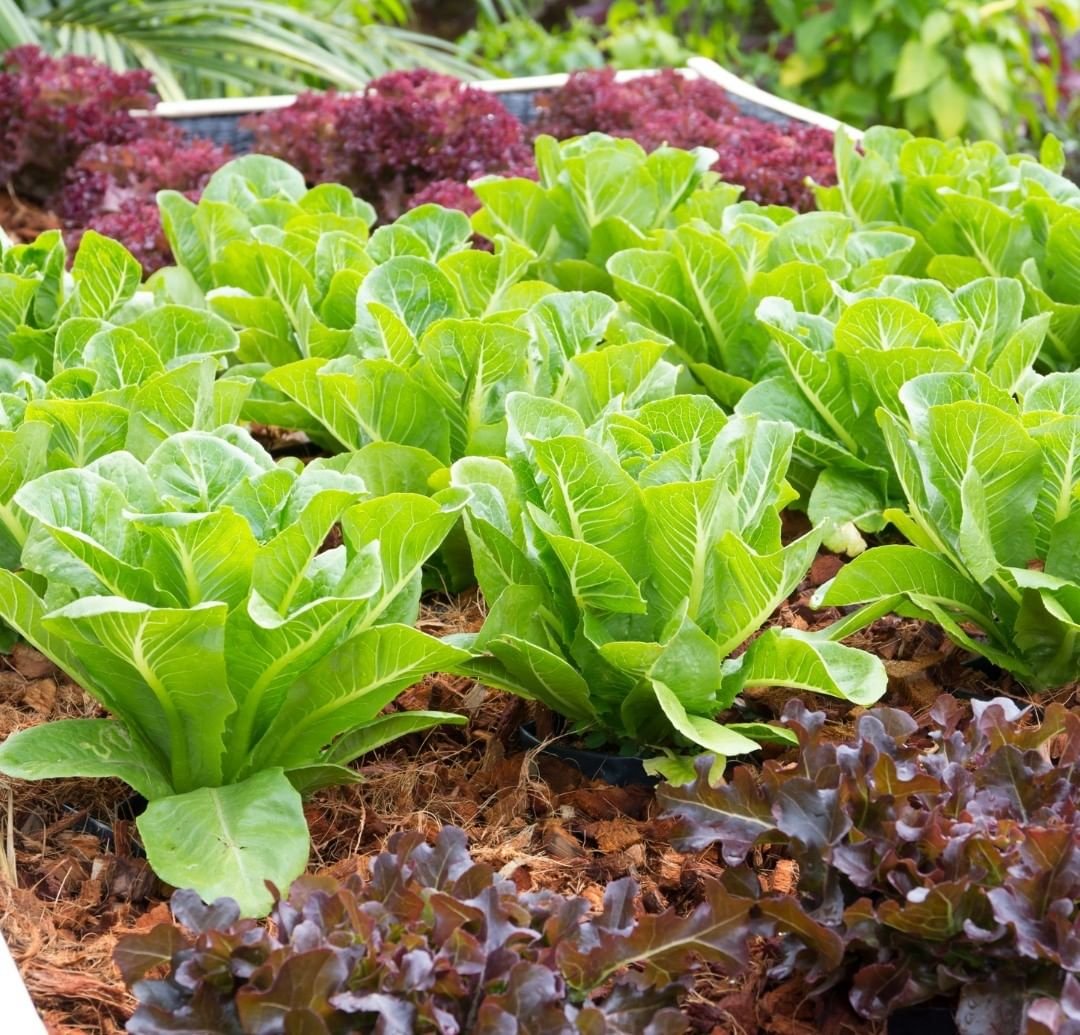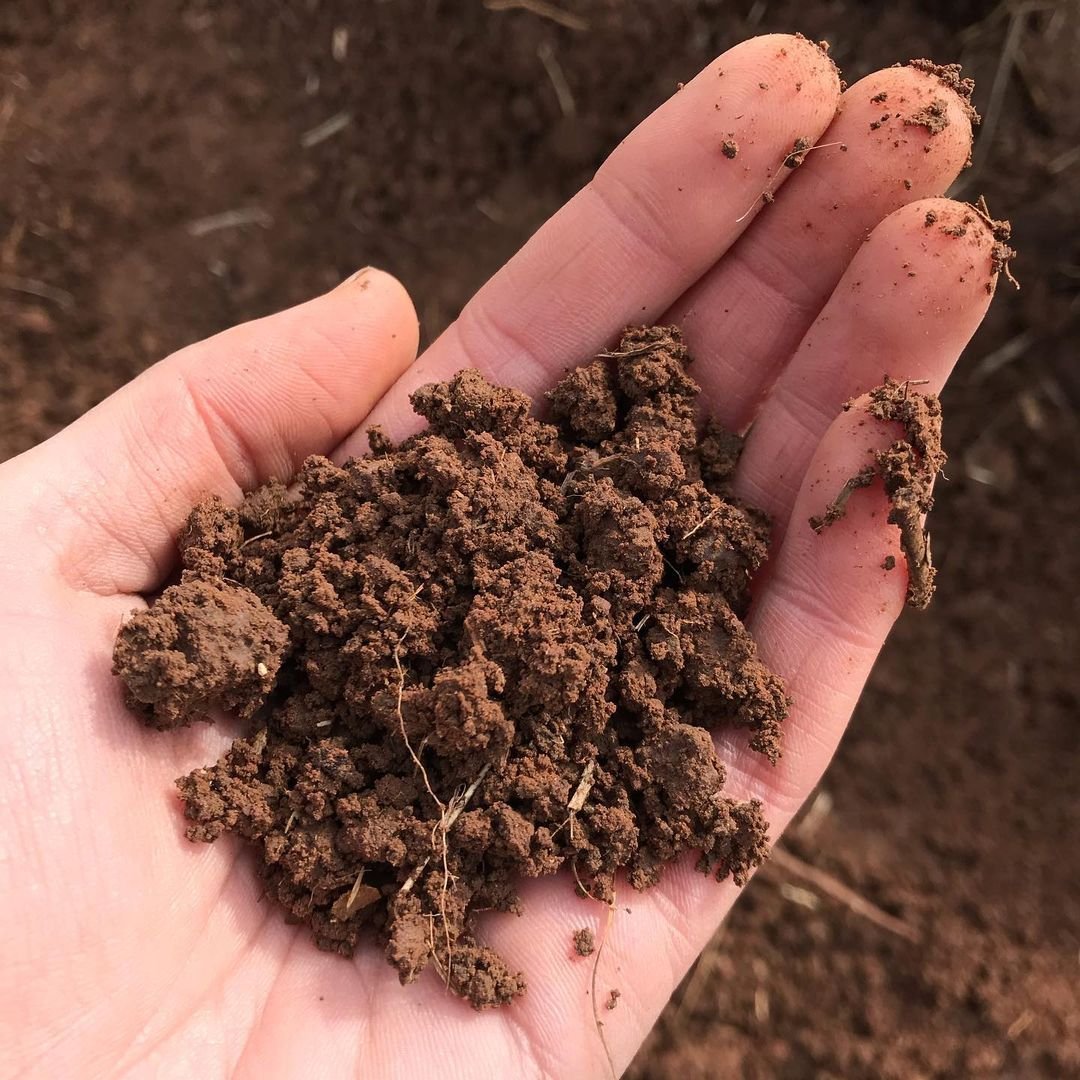Discover how to grow vegetables indoors with our complete guide. Learn about the best crops, tips for indoor gardening and how to enjoy fresh produce year-round.
Have you ever dreamed of picking fresh vegetables from your own indoor garden, regardless of the season or weather outside? Indoor vegetable gardening is not only possible but can be a rewarding and productive hobby. In this comprehensive guide, we’ll walk you through everything you need to know to start growing vegetables indoors successfully.
Why Grow Vegetables Indoors?
Before we dive into the how-to, let’s consider the benefits of indoor vegetable gardening:
- Year-round fresh produce
- Control over growing conditions
- No weather-related crop failures
- Pesticide-free vegetables
- Space-efficient gardening
- Enjoyable hobby for all ages
Now, let’s get started with your indoor vegetable garden!
Choosing the Right Vegetables for Indoor Growing
Not all vegetables are suitable for indoor cultivation.
Here are some of the best options:
Leafy Greens

- Lettuce
- Spinach
- Kale
- Swiss chard
Herbs

- Basil
- Cilantro
- Parsley
- Chives
Root Vegetables

- Carrots (dwarf varieties)
- Radishes
- Beets (small varieties)
Fruits and Others

- Cherry tomatoes
- Peppers (compact varieties)
- Microgreens
- Sprouts
Essential Elements for Indoor Vegetable Gardening

To create a thriving indoor garden, you’ll need to provide these key elements:
1. Light
Most vegetables need at least 6-8 hours of direct light daily. Options include:
- Sunny windowsill (south-facing is best)
- Grow lights (LED or fluorescent)
- Combination of natural and artificial light
2. Container and Soil
Choose containers with drainage holes and use a high-quality potting mix. Consider:
- Clay or plastic pots
- Self-watering containers
- Vertical gardening systems for space efficiency
3. Water and Drainage
Proper watering is crucial. Remember:
- Water when the top inch of soil feels dry
- Ensure good drainage to prevent root rot
- Consider a moisture meter for accuracy
4. Temperature and Humidity
Most vegetables prefer temperatures between 65-75°F (18-24°C). To manage humidity:
- Use a humidity tray
- Group plants together
- Run a small fan for air circulation
5. Nutrients
Indoor plants deplete nutrients quickly. Feed your vegetables with:
- Organic liquid fertilizers
- Slow-release granular fertilizers
- Compost tea
Step-by-Step Guide to Starting Your Indoor Vegetable Garden
Now that you know the essentials, let’s walk through the process:
- Choose your location: Find a spot with adequate light and space for your plants.
- Select your vegetables: Start with easy-to-grow options like lettuce or herbs.
- Prepare your containers: Fill pots with potting mix, leaving an inch of space at the top.
- Plant your seeds or seedlings: Follow the planting depth instructions on the seed packet.
- Water thoroughly: Ensure the soil is evenly moist but not waterlogged.
- Provide light: Position plants in a sunny spot or set up grow lights.
- Maintain temperature and humidity: Keep the area between 65-75°F and use a humidity tray if needed.
- Feed your plants: Start fertilizing when seedlings develop their first true leaves.
- Monitor for pests: Check regularly for common indoor pests like aphids or spider mites.
- Harvest and enjoy: Pick vegetables when they reach the desired size and enjoy your homegrown produce!
Tips for Successful Indoor Vegetable Gardening
To maximize your success, keep these tips in mind:
- Rotate your plants: Turn containers regularly to ensure even light exposure.
- Pollinate by hand: For fruiting plants like tomatoes, gently shake the flowers or use a small brush to transfer pollen.
- Practice succession planting: Sow new seeds every few weeks for a continuous harvest.
- Prune and trim: Remove yellowing leaves and pinch back herbs to promote bushier growth.
- Keep it clean: Regularly clean your growing area to prevent pest and disease issues.
Common Challenges and Solutions
Even indoor gardens can face challenges.
Here are some common issues and how to address them:
Leggy seedlings
- Cause: Insufficient light
- Solution: Move closer to light source or supplement with grow lights
Yellowing leaves
- Cause: Overwatering or nutrient deficiency
- Solution: Adjust watering schedule or fertilize as needed
Pest infestations
- Cause: Poor air circulation, overwatering
- Solution: Improve ventilation, adjust watering, use organic pest control methods
Slow growth
- Cause: Low temperatures or insufficient nutrients
- Solution: Maintain proper temperature and fertilize regularly
Growing vegetables indoors is a rewarding way to enjoy fresh, homegrown produce year-round. With the right setup, care, and a bit of patience, you can create a thriving indoor vegetable garden. Remember to start small, learn from experience, and don’t be afraid to experiment with different vegetables and techniques.
Whether you’re looking to supplement your outdoor garden, save money on groceries, or simply enjoy the satisfaction of growing your own food, indoor vegetable gardening is an excellent hobby to explore. So why wait? Start planning your indoor vegetable garden today and enjoy the fruits (and vegetables) of your labor all year long!
Learn more about the benefits of indoor gardening
Discover additional tips for growing vegetables indoors
Happy indoor gardening, and enjoy your homegrown vegetables!